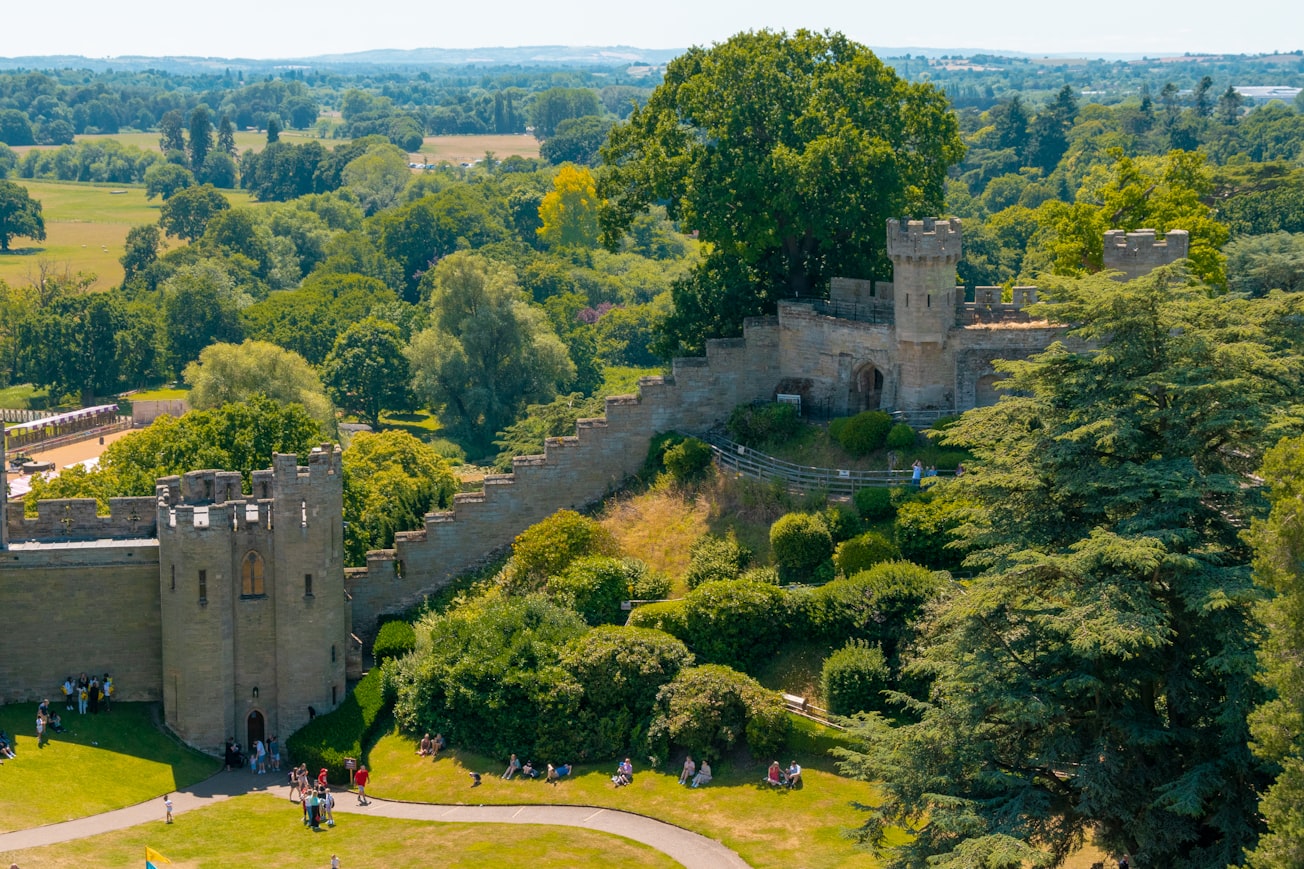What is it about?
In this paper we apply a range of archaeological science methods to investigate the ways people's diets changed in England as a result of the Norman Conquest. We use organic residue, stable isotope and osteoarchaeological analyses on pottery, human remains and animal bones excavated across the city of Oxford, England to reconstruct how diets changed between the 10th and 13th centuries AD. Our archaeological evidence reflects what people ate, how they ate and the supply of different foods which, in combination, offers insights into cultural and economic practices that are otherwise poorly or inaccurately documented.
Featured Image

Photo by Tom Podmore on Unsplash
Why is it important?
Our findings suggest a broad pattern of increasing intensification and marketisation, with a much lesser and more short-term impact of the Conquest on everyday lifestyles than is suggested by documents. However despite this general trend, the isotope data indicate short-term periods of instability, particularly food insecurity, did impact individuals. Preferences for certain foodstuffs and cooking techniques recorded in historical records of the elite classes were also observed among lower-status townspeople, suggesting that Anglo-Norman fashions could be adopted across the social spectrum. This study also demonstrates the potential for future archaeological research to generate more nuanced understanding of the cultural impact of the Norman Conquest of England, while showcasing a method which can be used to elucidate the undocumented, everyday implications of other large-scale political events on people whose lives were not recorded in historical documents.
Read the Original
This page is a summary of: The dietary impact of the Norman Conquest: A multiproxy archaeological investigation of Oxford, UK, PLOS One, July 2020, PLOS,
DOI: 10.1371/journal.pone.0235005.
You can read the full text:
Contributors
The following have contributed to this page







